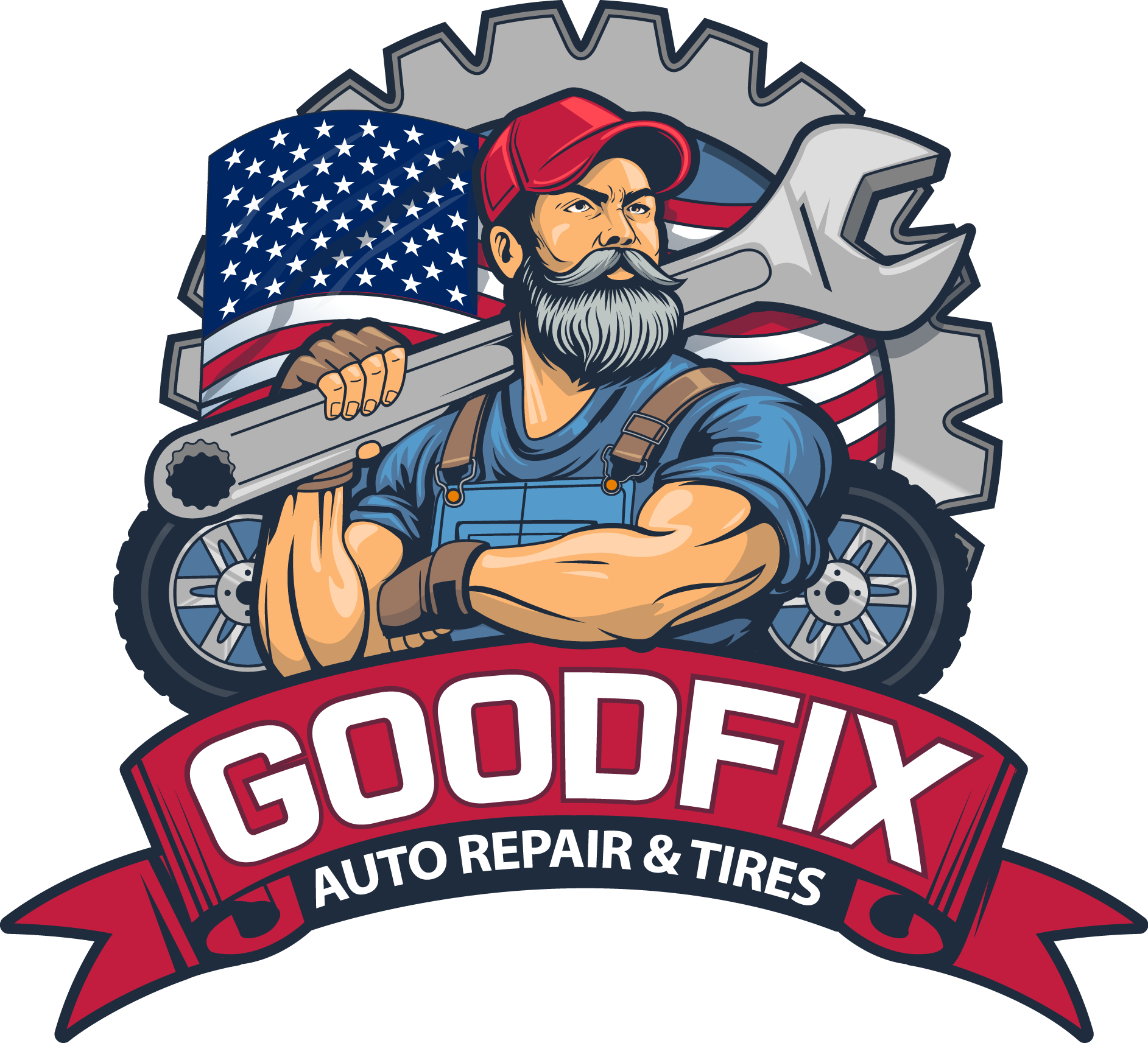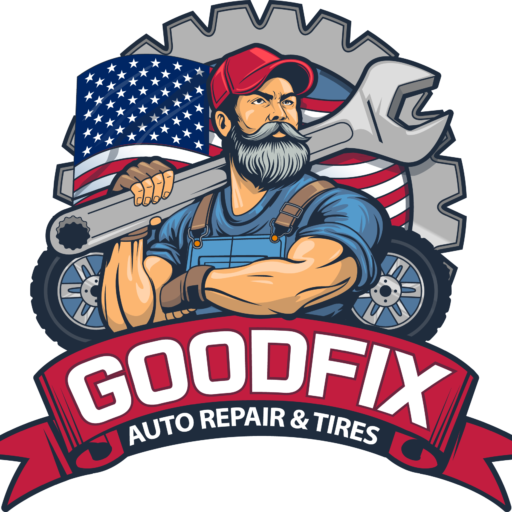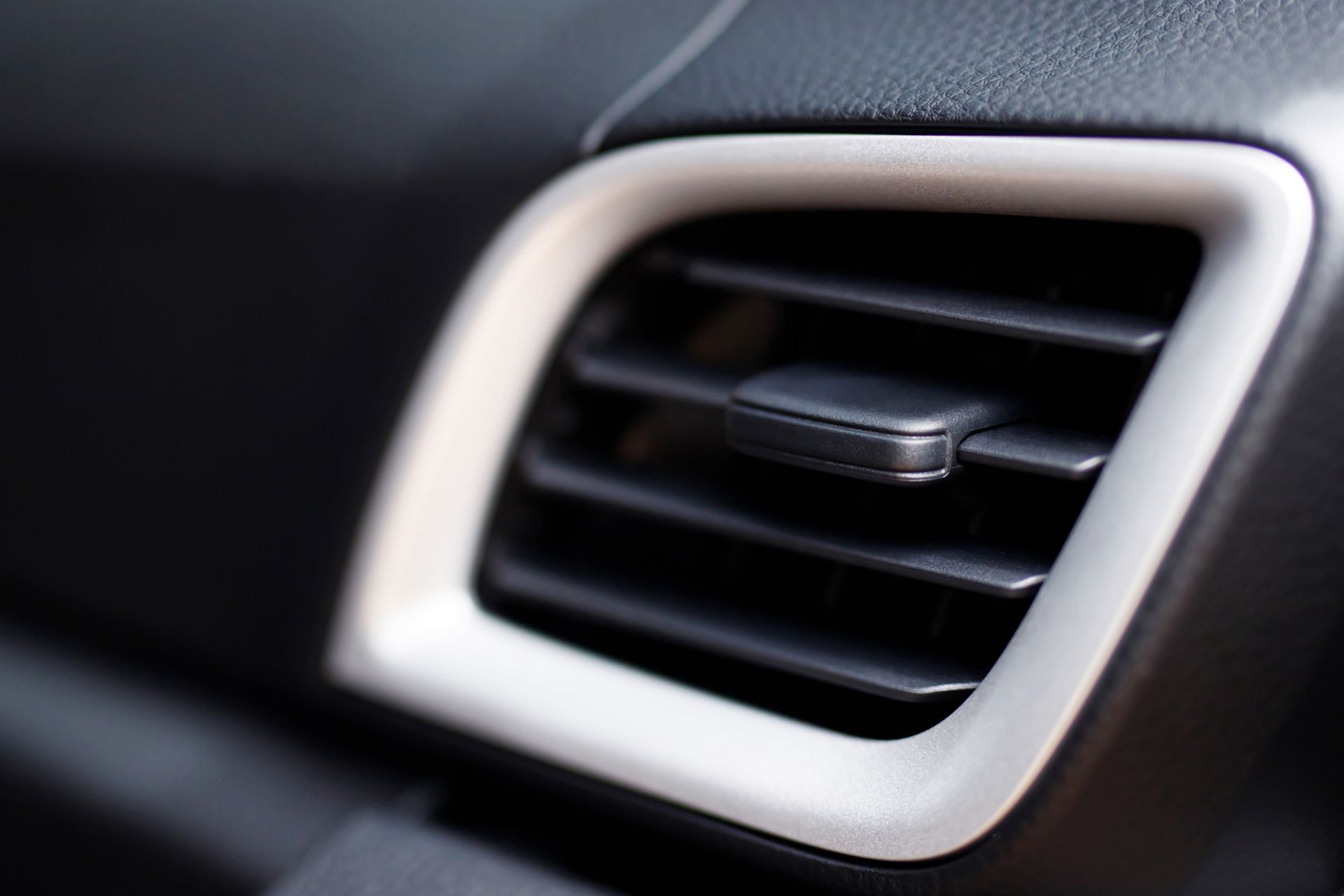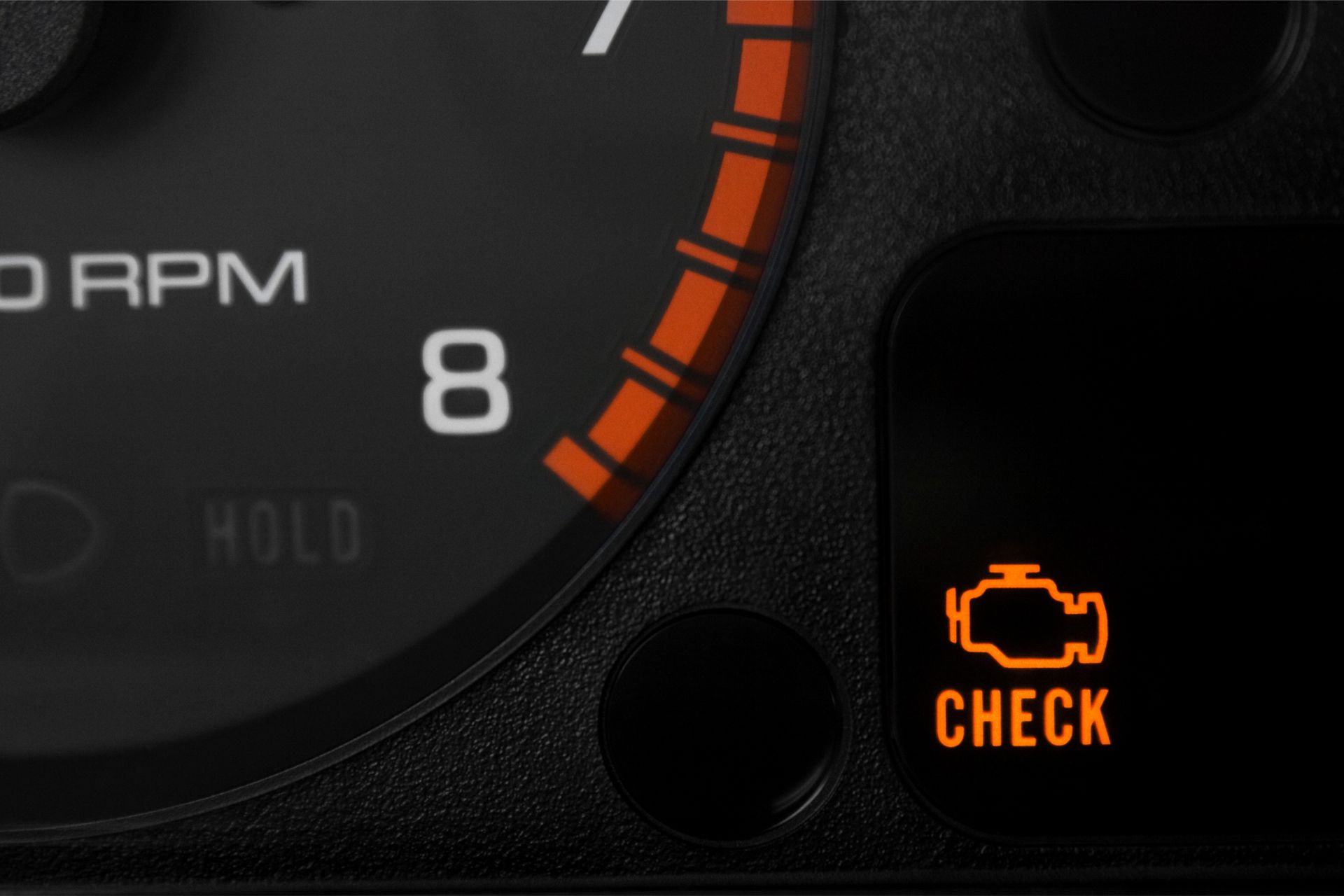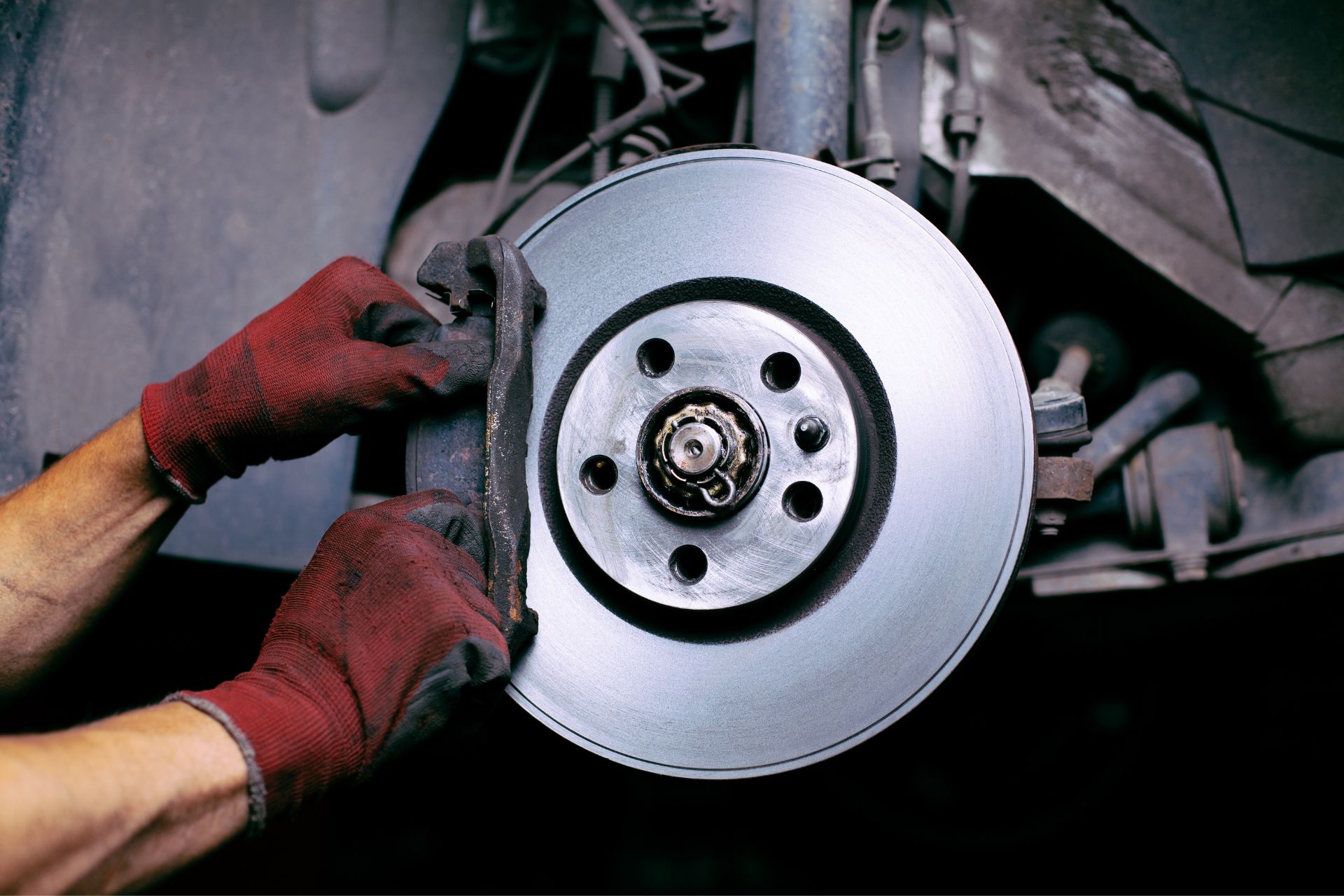When you’re driving through the hot streets of Dallas in the summer, there’s nothing more frustrating than turning on your car’s air conditioner and realizing that it’s not delivering the refreshingly cool air you expect. While it’s tempting to ignore the issue in hopes it will resolve itself, an underperforming A/C system usually signals a problem that needs attention. In this article, we’ll explore the most common reasons why your car’s air conditioning system may not be working effectively and what you can do about it.
Low Refrigerant Levels
One of the most frequent causes of a malfunctioning A/C system is low refrigerant. This vital fluid is responsible for absorbing and releasing heat, making the air inside your car cooler. If there’s a refrigerant leak in your system, your A/C can’t operate efficiently.
How to Identify the Problem:
- You may hear a hissing sound under the hood.
- The cooling effect gradually weakens over time.
- You notice oily residue near A/C hose connections or components.
What to Do:
If you suspect low refrigerant levels, visit an auto repair shop where technicians can perform a leak test and recharge your system with the correct amount of refrigerant.
Faulty Compressor
The compressor is the heart of the air conditioning system. It pressurizes the refrigerant and allows it to circulate through the system. When the compressor isn’t functioning, the system can’t move the refrigerant, and that leads to poor cooling performance.
Signs of Compressor Issues:
- A loud clunking or grinding noise occurs when the A/C is turned on.
- The clutch on the compressor doesn’t engage.
- Warm air blows from the vents even after prolonged use.
Possible Solutions:
Depending on the severity, the compressor may need a repair or complete replacement. A mechanic can diagnose the issue accurately using specialized equipment.
Electrical System Problems
Today’s vehicles rely heavily on electronic controls and sensors. A blown fuse, damaged wiring, or malfunctioning relay can interrupt your car’s A/C system, preventing it from working as intended.
What to Look For:
- The A/C doesn’t turn on at all.
- You experience intermittent cooling.
- Dashboard warning lights may appear.
Next Steps:
An automotive technician can perform an electrical diagnostic test to identify the faulty components and get your system back online.
Clogged Cabin Air Filter
The cabin air filter helps purify the air that comes through the A/C vents. Over time, it can become clogged with dust, pollen, and debris, obstructing airflow and making the system seem less effective.
Common Symptoms:
- Weak airflow from the vents.
- Musty odor inside the cabin.
- Increased dust accumulation on dashboard surfaces.
Solution:
Replacing the cabin air filter is a relatively quick and inexpensive fix. Most manufacturers recommend changing it every 12,000 to 15,000 miles, but more frequent replacement may be necessary in dusty environments like Texas.
A/C Condenser Issues
The condenser’s job is to release the heat absorbed by the refrigerant to the outside air. When it becomes blocked or damaged, heat can’t be expelled efficiently, and the system won’t deliver the cooling you’re used to.
Signs to Watch For:
- Air temperature is inconsistent.
- Visible debris or damage to the condenser (usually located in front of the radiator).
- Overheating issues when using the A/C.
Fixes:
Cleaning the condenser or replacing it, if damaged, can restore optimal performance. A visual inspection can help determine the best course of action.
Broken or Stuck Blend Door
Modern cars use blend doors inside the HVAC system to control airflow direction and temperature. If the blend door gets stuck or fails, it can prevent cold air from reaching the cabin or mix it with heated air, making it feel lukewarm.
Symptoms Include:
- Sudden shifts in temperature without user input.
- Only warm or hot air comes out despite the A/C being on.
- A clicking sound behind the dashboard.
Repair Options:
Accessing and fixing a blend door can be time-consuming as it often involves removing parts of the dashboard. Let a certified mechanic handle this complex repair.
Malfunctioning Pressure Switches
Pressure switches in the A/C system monitor refrigerant pressure. If the pressure is too low or too high, the system may shut off automatically to prevent damage. A faulty pressure switch may send incorrect signals, disrupting performance.
Symptoms to Note:
- A/C shuts off randomly or won’t turn on.
- Cooling comes in waves instead of staying consistent.
- No error codes are visible on basic OBD readers.
What You Can Do:
Diagnosing pressure switch issues requires a mechanic with the appropriate tools and knowledge of your car’s A/C system.
Engine Overheating
While not directly related to the A/C components, an overheating engine can cause your air conditioning system to stop working and not blow any cold air. The engine and A/C share several components like the serpentine belt and cooling fans, so any issue with engine temperature regulation can affect your comfort.
Watch Out For:
- The rising temperature gauge on your dashboard.
- Steam from the hood.
- A/C stops cooling during idle but resumes while driving.
Address Promptly:
Cooling system issues like low coolant or a broken radiator fan need immediate attention, not just for the A/C’s sake, but to avoid serious engine damage.
Bad Thermostat or Coolant Sensor
A faulty thermostat or coolant temperature sensor may trick your vehicle into thinking the engine is too cold or too hot, prompting the system to limit or adjust the A/C function accordingly.
Potential Clues:
- Fluctuating engine temperature.
- A/C output is inconsistent with engine performance.
- The fan is not engaging when expected.
What to Check:
Diagnostics can pinpoint whether the issue lies with the sensor, thermostat, or related wiring.
Lack of Routine Maintenance
Just like any other system in your car, the air conditioning system benefits from routine check-ups. Ignoring signs of minor issues can lead to bigger, costlier repairs down the line.
What Maintenance Includes:
- Checking refrigerant levels.
- Inspecting belts and hoses.
- Cleaning filters and vents.
- Running a pressure test on the A/C system.
Scheduling a regular inspection, especially before summer, helps ensure the system remains reliable when you need it most.
Final Thoughts
Car A/C problems can stem from a range of issues, some minor, some more serious. From low refrigerant levels and electrical faults to mechanical failures and clogged filters, diagnosing the true cause requires a step-by-step approach. It’s always best to address these issues early to avoid costlier repairs and unbearable drives in the Texas heat.
If your car’s air conditioner isn’t blowing cold air, trust the experts at GoodFix Auto to fix it for you. Serving Dallas and the surrounding areas, we’ll diagnose the issue and get you back on the road with reliable comfort. Book your A/C inspection today.
